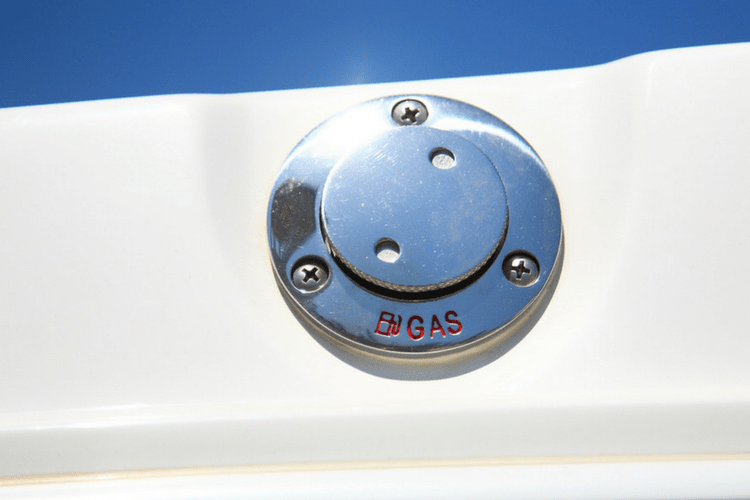Should You Clean Your Boat’s Fuel Tank?
Boat tanks can get dirty in several ways. For example, maybe the hose you use to fuel up has sediment that finds its way into the tank. Perhaps the quality of the fuel was not great in the first place, and contaminants have built up. Your tank may also be a place where fungi or algae grow.
A dirty fuel tank tends to throw lots of problems your way, including engines that sputter when you try to start them and carburetors that get clogged. What used to be a smooth and enjoyable boat ride can turn into an experience you don’t want to repeat. In the end, you might lose lots of pricey gas and free time trying to troubleshoot the fuel tank problems. Yes, you probably should clean your boat’s fuel tank (or hire the job out).
However, there’s a difference between being proactive about keeping the tank clean and having to attend to it only once every few years compared with having to clean it several times a year or once a year. That much cleaning absolutely should not be necessary. Let’s take a look at how you can stay ahead of the curve.

Use STA-BIL Products
STA-BIL products such as STA-BIL Fuel StabilizerOpens a new window help keep your gas tank clean for long-term fuel storage. Also, you can use this stabilizer in motorcycles and vehicles in addition to boats, so it helps across the board. It works to keep your gas fresh for as long as two years, and research shows that it’s the best at its job, outperforming competitorsOpens a new window. If you’ve always had problems with your boat experiencing varnish and gum buildup, STA-BIL Fuel Stabilizer prevents this as well. Do be sure to use it as directed.
Another good product is STA-BIL 360 Marine for ethanol treatment. It’ll keep your boat fuel fresh for as long as a year.
Use Clean Fuel
Another proactive approach is using clean fuel in the first place so that there are fewer contaminants that build up. To see how clean your fuel is, grab a see-through jar. Pour or pump some fuel into it, wait a bit and see if any water or dirtOpens a new window has fallen to the bottom. If so, that’s a sign of dirty fuel. You need filters or a new fuel source.
Select the Proper Hoses
Use only feed fuel hoses that read type A-1. You can use A-2 for vent and fill hoses. Choose flexible hoses and remember that the supply line should not be metal because it is susceptible to cracking. There should also not be any kinks or dips in the hose because that is one way hoses get cracked and susceptible to contamination.
Check for Sediment Every Two Years
If you use methods such as STA-BIL Fuel Stabilizer, clean fuel and clean hoses, your boat should run well. Every couple of years, check the fuel at the bottom of the tank to see if the tank needs cleaning. Ideally, your tank would have a port so you can easily get the fuel. Otherwise, use a suction hose to pick up fuel from the bottom. If there isn’t much sediment, then the fuel tank probably doesn’t need attention yet.
If it does happen that you need to clean out the fuel tank, you can do it yourselfOpens a new window or hire it out. There are mobile services that draw your fuel out and filter it. This process cleans your tank of most sediment.





